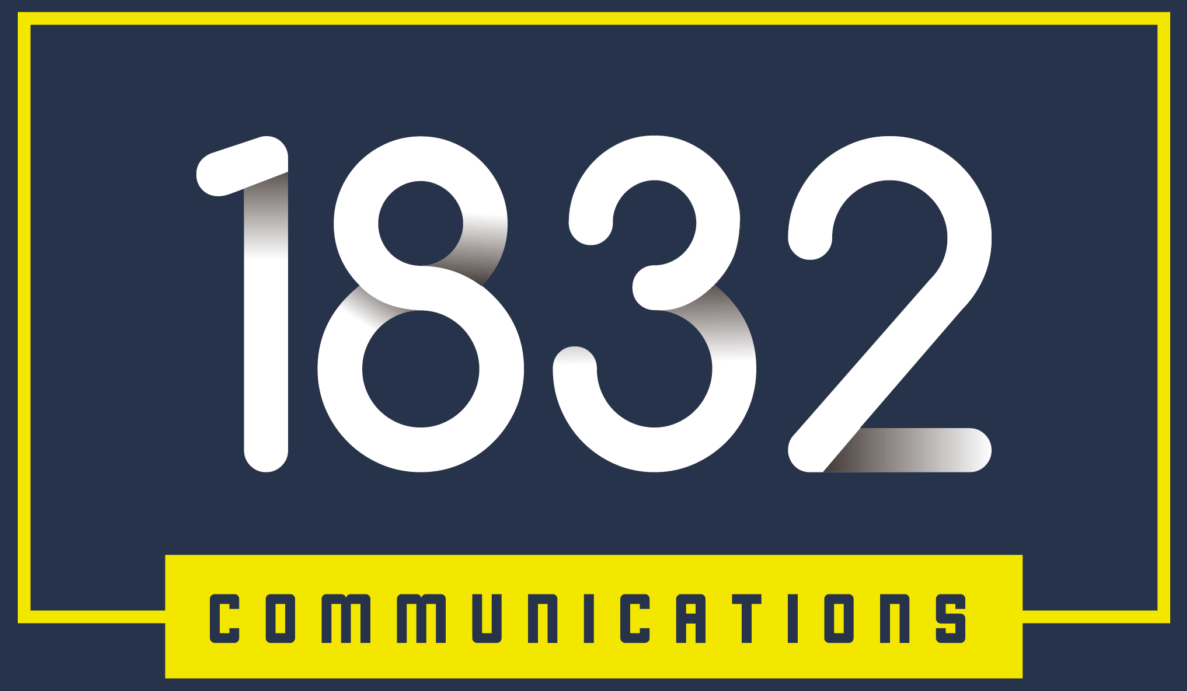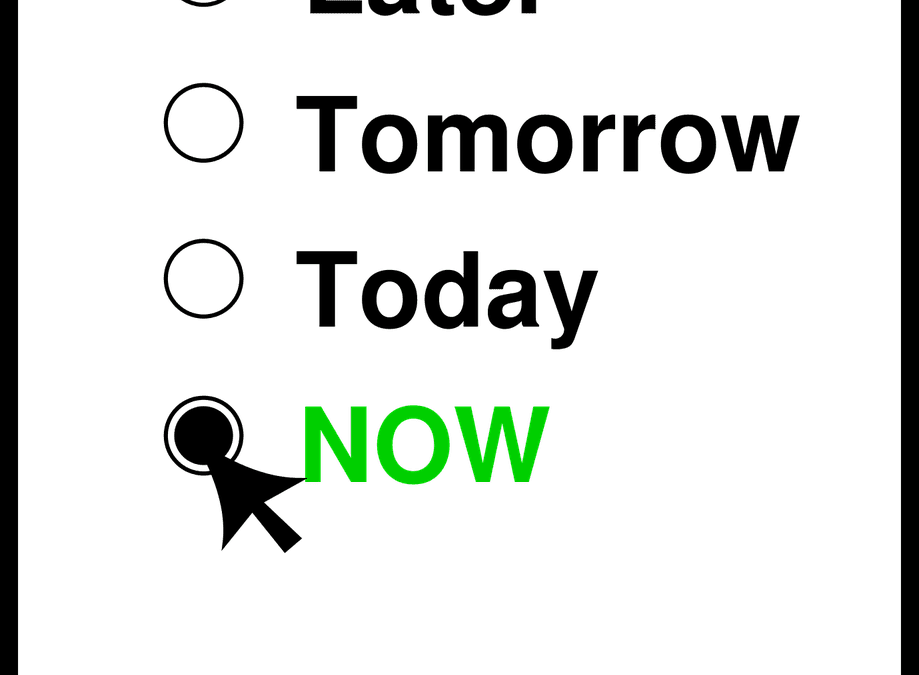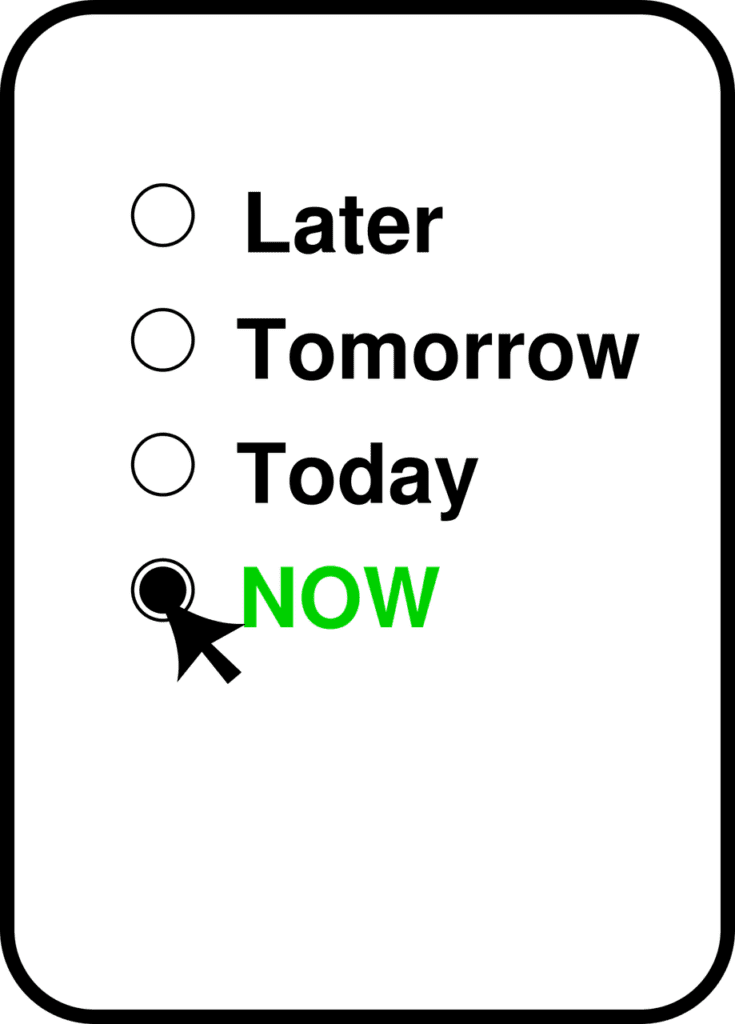Guest post by Debbie Salat
Did you know that, on average, nonprofit email revenue decreased by 7% in 2023? While it might not sound like much, any decline in giving from a certain channel should prompt organizations to rethink their strategies.
Nonprofits must make a concerted effort to develop engaging fundraising emails that inspire donors to lend their support. Using email to promote an upcoming product fundraiser gives your organization a chance to experiment with new strategies you can apply to your broader email marketing efforts. Explore these tips for improving marketing emails for your next product fundraiser.

Image by Gerd Altmann from Pixabay
1. Segment donors
The more personalized your email content is, the more likely donors will engage with it. Donors want to know that you value them as individuals and will appreciate efforts to speak to their specific needs.
Start customizing your email marketing efforts via segmentation. Divide donors into relevant groups in your nonprofit’s constituent relationship management platform (CRM) that will allow you to personalize your messaging. For example, you may create groups for:
- New donors. In addition to the standard information about your product fundraiser, new donors may appreciate hearing more about your mission and your organization’s history before diving into the campaign.
- Active donors. Acknowledge active donors’ involvement in past product fundraising campaigns and consider offering them early access to participate in your current efforts.
- Lapsed donors. Let lapsed donors know how much you miss having them as part of your community and position your product fundraiser as an easy way for them to get back involved.
As donors’ relationships with your nonprofit change, update your segments to ensure they’re still relevant. Regularly survey donors to ask how they feel about your messaging so it continuously resonates with them.
2. Write attention-grabbing subject lines
Think of how many emails are sitting in your inbox right now. What entices you to click on one instead of others? Subject lines may be one of the elements that factor into your decision.
A well-written subject line increases visibility and makes a great first impression on recipients. Follow these tips to craft attention-grabbing subject lines:
- Keep them concise. Shortening your email subject lines not only ensures they fit within the allocated space but also makes them easy to read and digest. For instance, a subject line like “Ready to buy delicious cookie dough?” is much stronger than “Buy delicious cookie dough today to support your favorite cause” simply because it’s more to the point and in question format.
- Add personalization. One of the easiest ways to personalize your email subject lines is to incorporate recipients’ names using automation. Seeing their names in their inboxes will intrigue donors and encourage them to click through.
- Be creative. Product fundraisers are inherently fun, so make your subject lines reflect that. Something like “Pop right into our popcorn fundraiser! 🍿” is much more enticing than “Our popcorn fundraiser starts today.”
While you want your subject lines to grab donors’ attention, try not to leverage clickbait. Maintain donors’ trust by writing engaging subject lines that remain true to the emails’ content.
3. Create compelling email content
If the subject line is what hooks donors in, the body of your email is what encourages them to stay and follow through with contributions. Create compelling content that inspires donors to participate in your product fundraising campaign by:
- Incorporating storytelling. Stories humanize your email content and show recipients why your cause is worthwhile. For instance, UpMetrics’ nonprofit storytelling guide provides an example of a storytelling video from The American Heart Association in which heart failure and transplant survivor Megan Hilt “shares her personal story of being diagnosed with heart failure at age 18 and having a heart transplant at age 19.” You can easily embed beneficiary videos like this into your fundraising emails to provide richer context and an extra human touch.
- Showcasing your products. Your products are the star of the show and incorporating product photos, videos and descriptions will entice donors to purchase them. For example, if you’re running a discount card fundraiser, you may add photos of the cards and the list of merchants featured on them. ABC Fundraising explains that advertising your merchant list can stir up enthusiasm for your campaign since “when groups give a lot of options on their merchant wish list for local ‘mom and pop’ run businesses…they create cards that are more exciting for their supporters.”
- Adding clear calls to action (CTA). By the end of your email, it should be clear what action you’d like donors to take. Drive your point home by adding clear CTA buttons with text like “Purchase a discount card today to help our community!” and a link to your online store or campaign page.
Your emails should contain a mix of written and visual content to keep donors interested. Make sure any text is easily skimmable with bulleted lists and short paragraphs summarizing key information.
4. Induce urgency
Your emails should clarify why donors need to give as soon as possible. Communicate urgency for your product fundraiser by including the following elements in your promotional emails:
- Limited-time discounts or offers. Time-sensitive deals can motivate donors to buy products now or purchase more than anticipated. For instance, you may offer a special discount for the first 50 donors to participate in your campaign or a limited-time buy-one-get-one special on certain products.
- Countdown timers. Embedding a countdown timer in your fundraising emails lets donors know exactly how much time they have left to show their support and encourages them to act quickly.
- Fundraising thermometers. A fundraising thermometer graphic offers a visual representation of your progress toward your campaign revenue goal. This way, donors know how much more you need to raise to reach your goal and may feel more inclined to contribute.
Incorporating language that indicates urgency and exclusivity (words like “now,” “only,” “immediately” and “limited,” for example) can also push donors to take action sooner and contribute to your campaign.
5. Track email performance
Constantly innovating your email marketing strategy will help you reach donors more effectively. Track email metrics like click-through rate (CTR) to determine which messages resonate with donors the most and use those strategies again.
You may also implement A/B testing to hone in on different email elements like subject lines, visuals and CTAs and determine which versions your audience likes best. That way, you can base future email campaigns on the language and content that donors are most likely to engage with.
Lastly, consider surveying donors to gather qualitative feedback about your email marketing efforts. Open-ended questions allow respondents to give more detailed insights you can use to transform your strategy. Try to survey a mix of email recipients who did and didn’t contribute to your campaign so you get a variety of input.
After your product fundraising campaign ends, follow up with thank-you messages to show your appreciation. Include impact updates that let donors know how their contributions will make a difference and invite them to participate in upcoming engagement opportunities.

Debbie Salat is the director of fundraising activities and product development at ABC Fundraising®. Debbie joined ABC Fundraising® in 2010 and has helped launch over 6,500 fundraising campaigns for schools, churches, youth sports teams and nonprofit organizations all across the USA. With over 20 years of fundraising experience, Debbie knows the path to success for fundraisers, which she shares with groups on a daily basis so they can achieve their fundraising goals.





